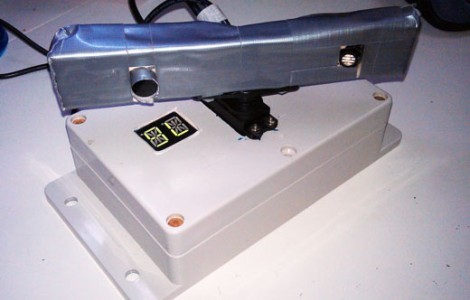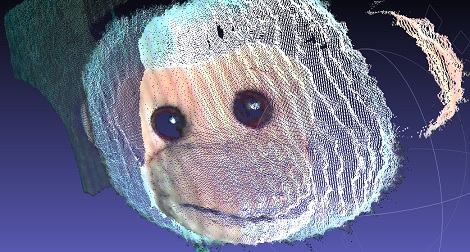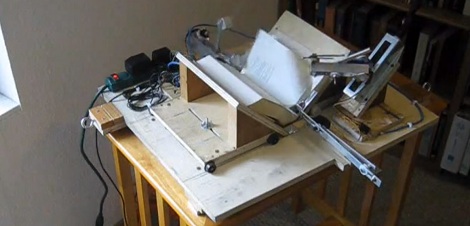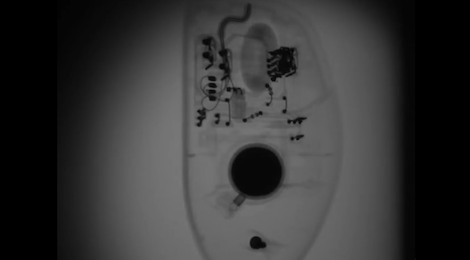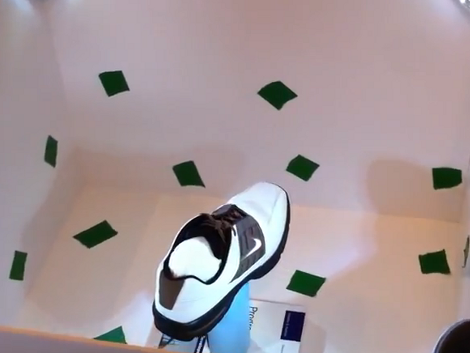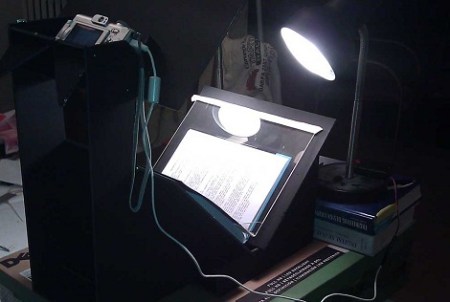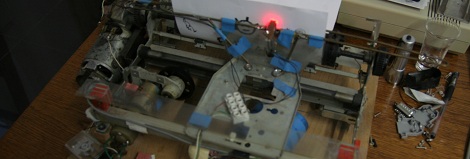
In 1992, [Arpi] didn’t have much time for Ninja Turtles, Nintendos, and other wonderful wastes of time his fellow geeks were raised on. He was busy building a scanner for his Commodore 64. Although this very impressive build could have been lost to the sands of time, he pulled his project out of the attic for a “Try to use it again” party. Although this party is not a formal competition, we’re going to say that [Arpi] walked home that night with the most geek cred.
While there are no build details, there is a bunch of info to be gleaned from the gallery about how this machine was built. We’re pretty sure a good majority of the build was a typewriter at one point, and it looks like there’s a windshield wiper motor in there somewhere. Like this completely unrelated but similar build, [Arpi]’s scanner uses a photoresistor and a few LEDs to transfer image data to the custom software. In case you were wondering, yes, the ancient 5 1/4 floppy disk was still readable – one of the few advantages of the huge sectors on these disks.
Check out the videos of this scanner in action after the break, and if you’ve got a decades-old hack sitting in your attic (remember that acoustic modem you built?), send it in on the tip line.
Continue reading “Getting A Home Built Scanner From ’92 Up And Running Again”

